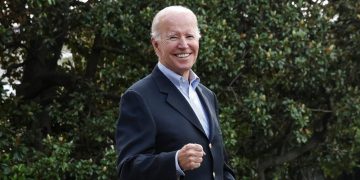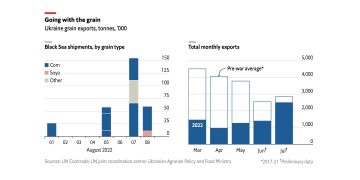The New Yorker uncovers how Randy Constant exploited our trust in the labels—and made a fortune.
en Borgerding met Randy Constant in the late nineteen-nineties, when landowners in northern Missouri hired them to help set up an organic soybean farm. Borgerding, an agronomist from Minnesota, took soil samples and made recommendations about fertilizer and weed control; Constant, a Missouri native who had a day job as a regional sales manager for the Pfister seed company, ran the farm’s day-to-day operations. By then, Borgerding had spent more than a decade in organic agriculture. Constant had not, but he had evident ambition. Borgerding recently told me, “Randy was an exciting guy to be around—when things were working well.”
The organic story has legitimate power. A farm’s conversion to organic methods is likely to increase biodiversity, reduce energy consumption, and improve the health of farmworkers and livestock. And, to the extent that agricultural chemicals enter the food supply, an organic diet may well be healthier than a conventional one.
When Constant asked Heinecke about pastureland, American organic agriculture had just begun booming. In 2000, organic sales in ordinary supermarkets exceeded, for the first time, sales in patchouli-scented health-food stores. During the next five years, domestic sales of organic food nearly doubled, to $13.8 billion annually. The figure is now around sixty billion dollars, and the industry is defined as much by large industrial dairy farms, and by frozen organic lasagna, as it is by the environmentalism and the irregularly shaped vegetables of the organic movement’s pioneers.
Among the new federal rules: land subjected to non-organic treatments couldn’t be converted to organic production overnight. The process would take three years. Given how fast the organic market was expanding—including for meat, eggs, and dairy products, derived from animals given only organic feed—land that needed no transition period became valuable.
Organic Land Management proposed to find such land and, in exchange for a share of a farmer’s profits, get it certified, and then help grow and market the crops. “At the time, conventional corn was, let’s say, two dollars a bushel,” Borgerding told me. “The first corn crops that we sold were three-seventy-five and four dollars a bushel.”























